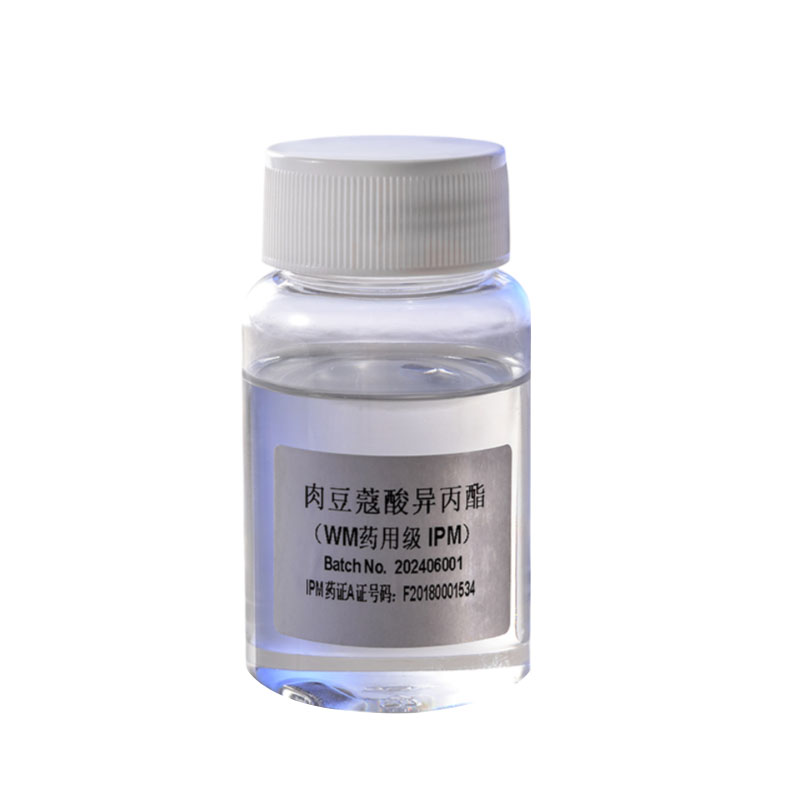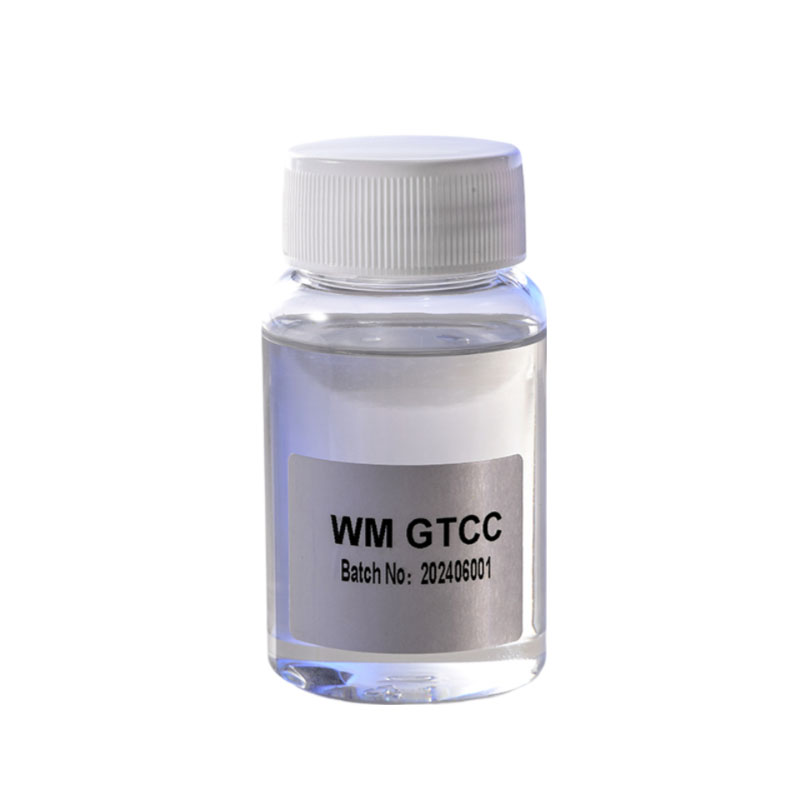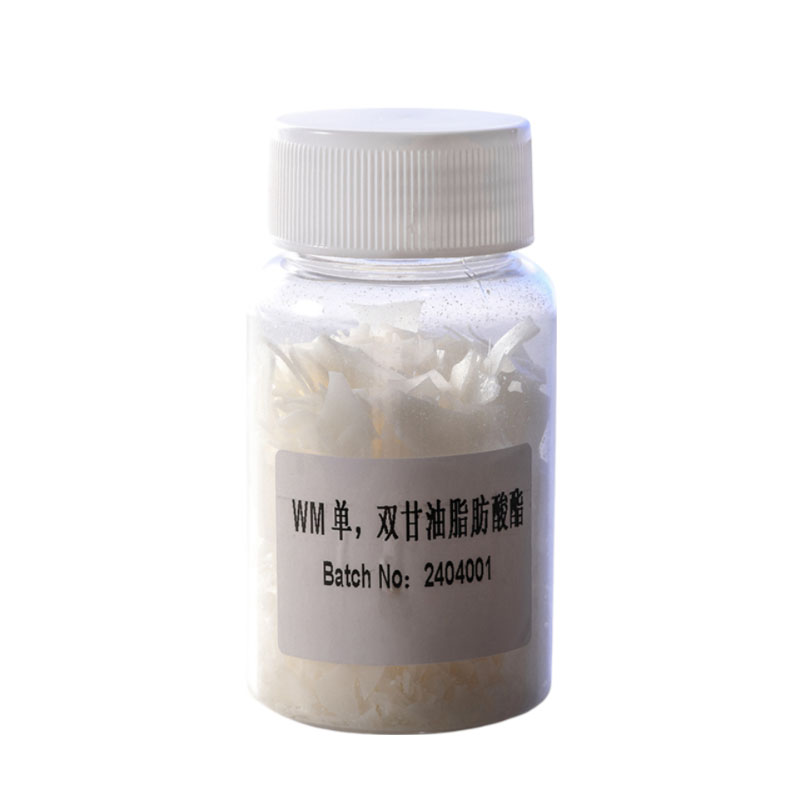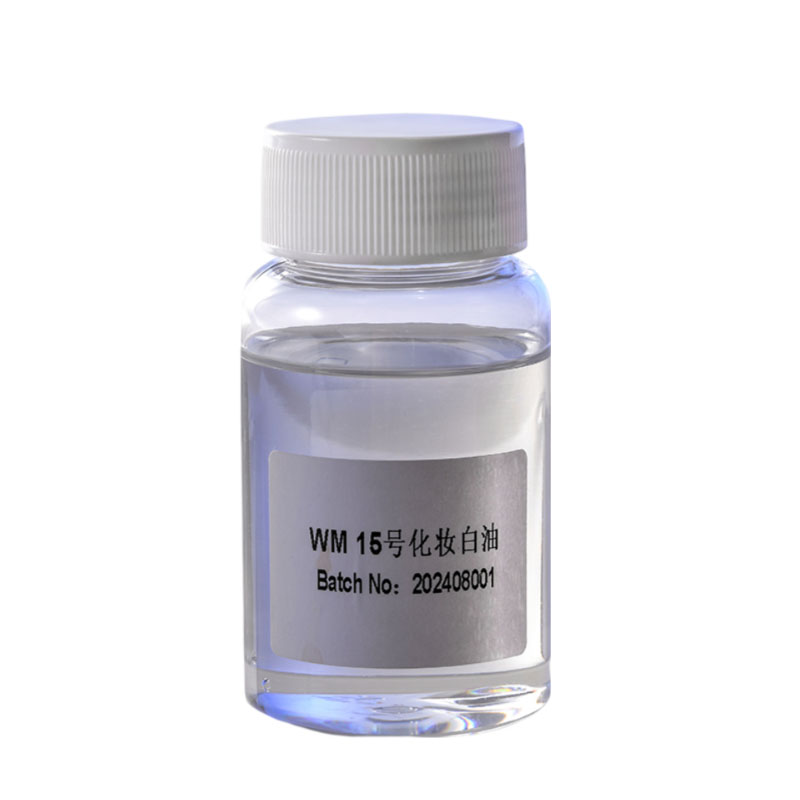Method for optimizing film-forming properties of cosmetic grade mineral oil in cosmetic products
Release Time : 2025-05-13
In cosmetics, cosmetic grade mineral oil has become an important film-forming raw material due to its good spreadability and closure. Its film-forming performance directly affects the use experience and effect of cosmetics. High-quality film-forming property can make cosmetics adhere to the skin surface evenly, forming a continuous and dense film, effectively preventing makeup from coming off and smudging, and improving the makeup lasting time; at the same time, it gives the product a smooth and delicate texture and enhances the color expression. Therefore, optimizing the film-forming performance of cosmetic grade mineral oil in cosmetics is of key significance to improving the quality of cosmetics and meeting consumer needs.
Selecting the right cosmetic grade mineral oil is the basis for optimizing film-forming performance. High-purity, low-aromatic content mineral oil is preferred. Low aromatic content can reduce irritation to the skin and ensure good transparency and stability after film formation. According to the needs of different cosmetics products, choose mineral oils of different viscosities. For example, for products such as lipstick and lip glaze, the use of low-viscosity mineral oil can enhance the fluidity and ductility of the product, making it easy to apply and quickly form a film; while for products such as foundation and pressed powder, medium- and high-viscosity mineral oils help form a tough and long-lasting film. In addition, the production process and quality standards of mineral oil are strictly controlled to ensure the stability of raw material batches and lay a reliable foundation for film-forming performance.
Through reasonable formula design, the film-forming performance of cosmetic grade mineral oil can be synergistically improved. Film-forming polymers such as acrylate polymers and cellulose derivatives are added to the formula. These polymers are intertwined with mineral oil to form a composite film structure, which enhances the strength and toughness of the film. For example, the addition of acrylate copolymers to the lip glaze formula can work together with mineral oil to form a firm protective film, effectively preventing lipstick from fading. At the same time, with an appropriate amount of thickeners and rheology regulators, the viscosity and thixotropy of the makeup product are adjusted to make the mineral oil more evenly distributed during the application process, promoting the uniformity and integrity of the film. In addition, moisturizers and emollients are added to maintain the moisture and comfort of the skin while ensuring the film-forming performance.
The production process has an important influence on the film-forming performance of cosmetic grade mineral oil. The advanced mixed emulsification process is used to ensure that the mineral oil is fully and evenly mixed with other ingredients to avoid film defects caused by uneven mixing. In the production of lipstick, foundation and other products, the heating temperature and stirring speed are precisely controlled so that the mineral oil can be fully integrated with other raw materials at a suitable temperature and form a product with uniform texture after cooling. For spray-type cosmetic products, the spray particle size is optimized so that the spray droplets containing mineral oil are finer and evenly distributed on the skin surface, accelerating the film-forming process and improving the flatness and smoothness of the film. At the same time, vacuum degassing and other processes are used to remove bubbles in the product to prevent the bubble rupture from affecting the film quality.
Surface modification of cosmetic grade mineral oil can further optimize its film-forming properties. Through chemical modification, functional groups such as hydrophilic groups or cross-linking groups are introduced on the surface of mineral oil molecules. The introduction of hydrophilic groups can improve the compatibility of mineral oil with water-based ingredients, make it better dispersed in the water-based cosmetic system, and promote the uniformity of film formation; the introduction of cross-linking groups can cause the mineral oil molecules to undergo cross-linking reactions during the film-forming process to form a three-dimensional network structure and enhance the density and durability of the film. In addition, physical modification methods, such as nano-treatment, are used to make mineral oil into nano-scale particles, increase its specific surface area, improve its adsorption capacity and spreadability on the skin surface, and thus enhance the film-forming effect.
Establishing a complete test and evaluation system is an important part of optimizing film-forming performance. Through in vitro simulation tests, the thickness, strength, moisture permeability and other parameters after film formation are measured using a film performance tester to evaluate the physical properties of the film; the microstructure of the film is observed using a microscope to determine the uniformity and integrity of the film. Conduct human trial tests and invite volunteers to use cosmetic products containing cosmetic grade mineral oil to evaluate the actual performance such as film-forming speed, makeup lasting effect, and skin feel. Combined with consumer feedback and professional test results, analyze the problems existing in film-forming performance to provide a basis for further optimization.
With the development of cosmetic technology and changes in consumer demand, it is necessary to continue to explore new methods to optimize the film-forming performance of cosmetic grade mineral oil. Research new film-forming aids and raw materials to develop more efficient formulation systems; pay attention to cutting-edge process technologies, such as 3D printing and microcapsule technology in cosmetic production, and explore their impact on film-forming performance and optimization potential. At the same time, by combining intelligent and digital technologies, a film-forming performance prediction model is established. By simulating the film-forming effects under different formulas and process conditions, the optimal solution is quickly screened out, product research and development and performance iteration are accelerated, and the film-forming performance of cosmetic grade mineral oil in color cosmetics products is continuously improved.









